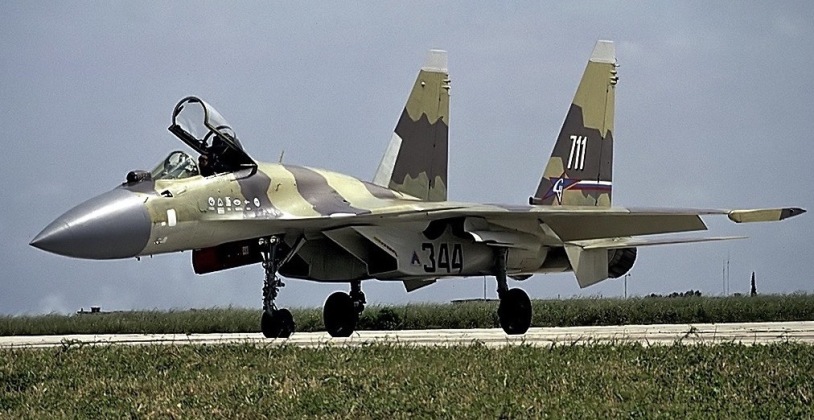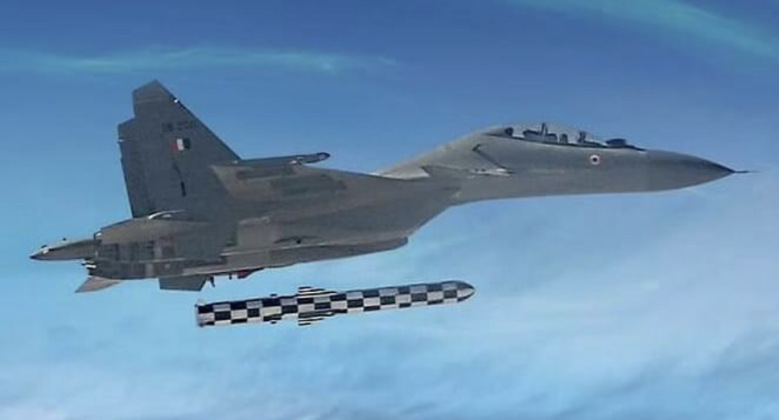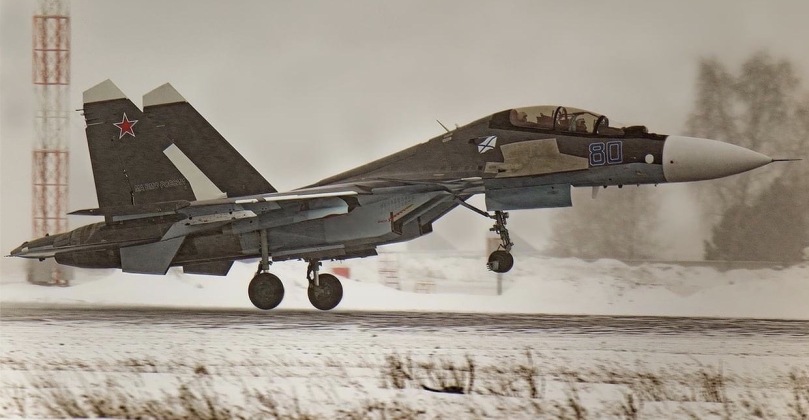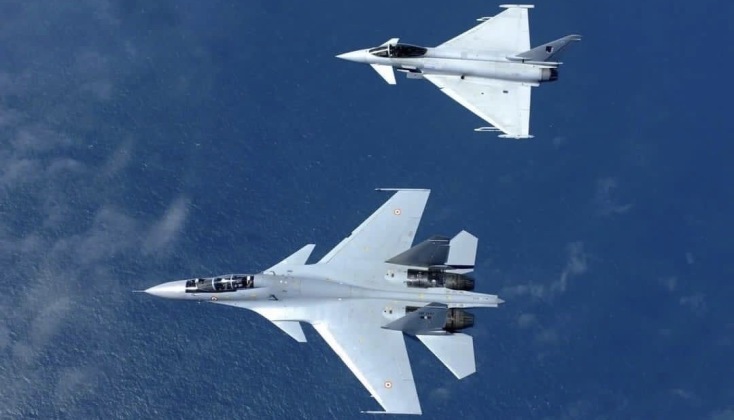News
India’s Su-30MKI Marks 20 Years in Service: Why This Customised Super Fighter is Still South Asia’s Finest

Entering service in September 2002, and with the latest orders for additional units having been placed in 2020, the Su-30MKI was developed specifically for the requirements of the Indian Air Force and today forms the backbone of the fleet with 11 squadrons in service. The fighter is a derivative of the Su-27 Flanker air superiority fighter, widely considered the most capable fielded by any air force during the Cold War, and integrated a range of revolutionary next generation technologies which Russia was unable to afford for its own air force. The Su-30MKI merged the capabilities of the Su-30, a long range interceptor which had been ordered only in small numbers for testing due to Russia’s post-Soviet economic decline, with technologies from the cancelled Su-27M and Su-37 air superiority fighters which had been too expensive for the Russian fleet and were also advanced Su-27 derivatives. This included use of the Su-37’s N-O11M radar – one of the first ever electronically scanned array radars integrated onto a fighter – as well as the Su-35’s controlled canards, AL-31FP engines and thrust vectoring nozzles. The result was a fighter which demonstrated comfortable capability advantages over competitors such as the British Eurofighter and American F-15 during simulated combat exercises, and which even two decades after its service entry is still the most capable in its region.
The Su-30MKI inherited the high altitude and high speed of the Su-27, but improves on its range considerable while increasing its already high manoeuvrability at all speeds. One of the most notable areas of advances, however, are in avionics, with modern network centric warfare capabilities and sensors and the ability to engage ground and naval targets just as effectively as enemy aircraft. The fighter has also evolved to integrate a range of new technologies over its lifetime, including jointly developed Russian-Indian munitions such as the ASTRA air to air missile and BrahMos cruise missile. Other non-Russian technologies include various French and Israeli avionics, use of Israeli SPICE guided bombs for close range air to ground engagements, and possible future integration of the British AIM-132 ASRAAM visual range missile. Russian sourced munitions for air to air combat include the R-27 and R-77 for long range engagements, the R-73 capable of visual range engagements at high off boresight angles, and the K-100 ‘AWACS killer’ for which India has been the sole client.

The Su-30MKI’s sheer size, although resulting in higher operational costs, allows the fighter to carry very large quantities of ordinance, cover long ranges far beyond those of any Western fighter class, and integrate a very large sensor suite contributing to a high degree of situational awareness. The Indian Air Force currently fields over 270 of the aircraft, the majority of which were assembled in India, with the Irkutsk plant in Russia producing the aircraft kits. The fighter was a higher end option than Su-30 variants produced at Komsomolsk-on-Amur plant in the Russian Far East which lacked similar technologies from the Su-37 and Su-35 – namely the Su-30MKK, MK2 and M2 variants – with production of these terminating around 2010 as the plant transitioned to produce more capable Su-35S jets. The Su-30MKI would prove so successful that it would form the basis of future Su-30 variants sold to Malaysia, Algeria, Kazakhstan, Armenia, Belarus and Myanmar, as well as the Russian Air Force itself with the design modernised and entering service as the Su-30SM. Joining the fleet service a decade after the Su-30MKI, the lineage of the Russian variant from the customised Indian order was clear. Without the Su-30MKI program tailored to Indian needs, the Su-30SM which forms the backbone of the Russian fleet today likely would never have materialised.

20 years after entering service, the Su-30MKI is expected to remain operational for decades to come while Su-30s derived from it will likely remain in production at Irkutsk until at least the latter half of the 2020s. The final size of the fleet, and whether further orders could bring it to over 300 airframes, remains to be seen. The fighter is expected to be modernised considerably further, with features considered including integration of the AL-41 engine from the Su-35S – providing three dimensional thrust vectoring and a much improved range and flight performance. Integration of an AESA radar derived from that of the Su-57 stealth fighter, or the Su-35S’ Irbis-E radar, has also been raised as a possibility, with either able to facilitate the integration of a new generation of much more capable air to air missile classes such as the K-77M and R-37M. A successor to the K-100, which is expected to be derived from the R-37M, is also currently under joint development by Russia and India to provide a very long ranged capabilities against bombers and support aircraft.

As the Chinese People’s Liberation Army Air Force has from the mid 2010s fielded AESA radar equipped fighters armed with next generation missile classes, such as the J-16 which is also a Su-27 derivative and is equipped with cutting edge PL-15 missiles, modernising the Su-30MKI has gained greater urgency. With China being one of just two countries in the world serially producing fifth generation fighters and fielding them at squadron level strength, and many of these technologies being proliferated to Pakistan, the Su-30MKI’s dominance has diminished very significantly since the 2000s with delays commissioning upgrades being a major cause. The possibility of India acquiring a successor for licence production, likely a derivative of the Su-57 which was developed to replace the Su-27/30, has been repeatedly raised and remains significant as the Russian program matures and the size of the Chinese fifth generation fleet rapidly grows. Until that time, however, the Su-30MKI will be relied on far more than any other fighter class for India’s defence, with the combat potential of the country’s 11 squadrons very likely exceeding the combined potential of all the country’s other 20 squadrons made up of much lighter fighter classes.












